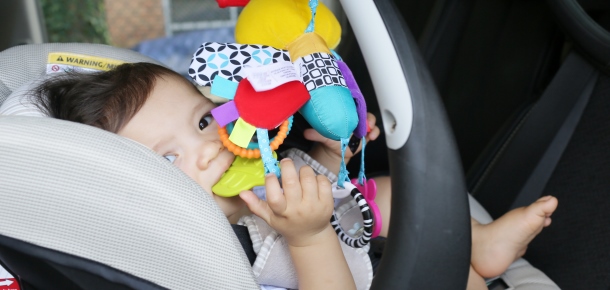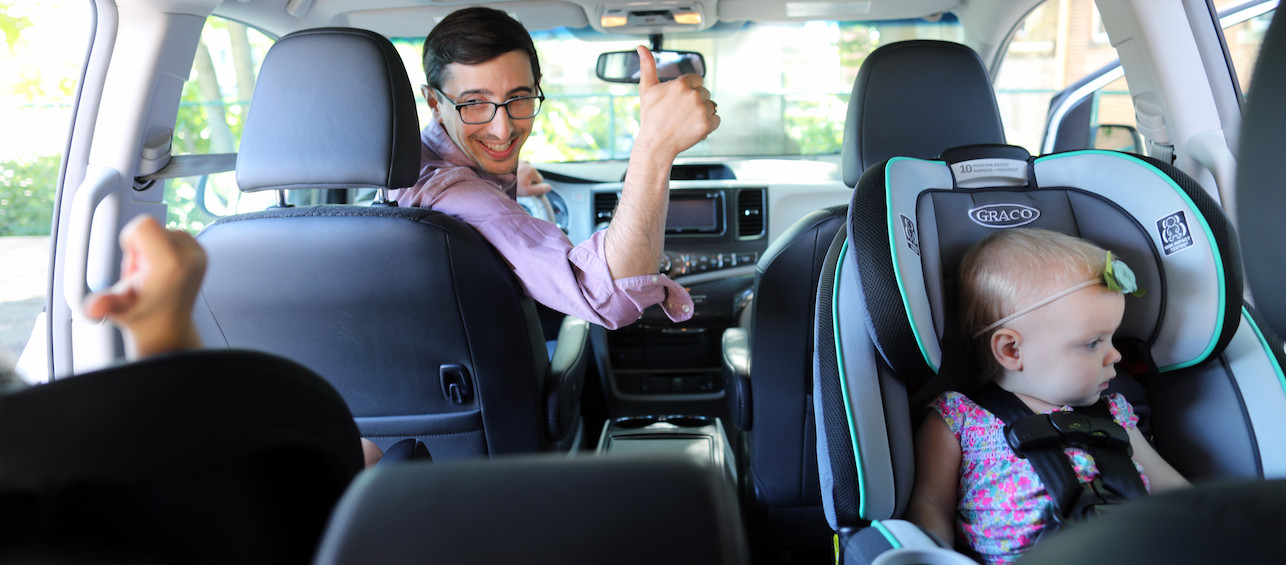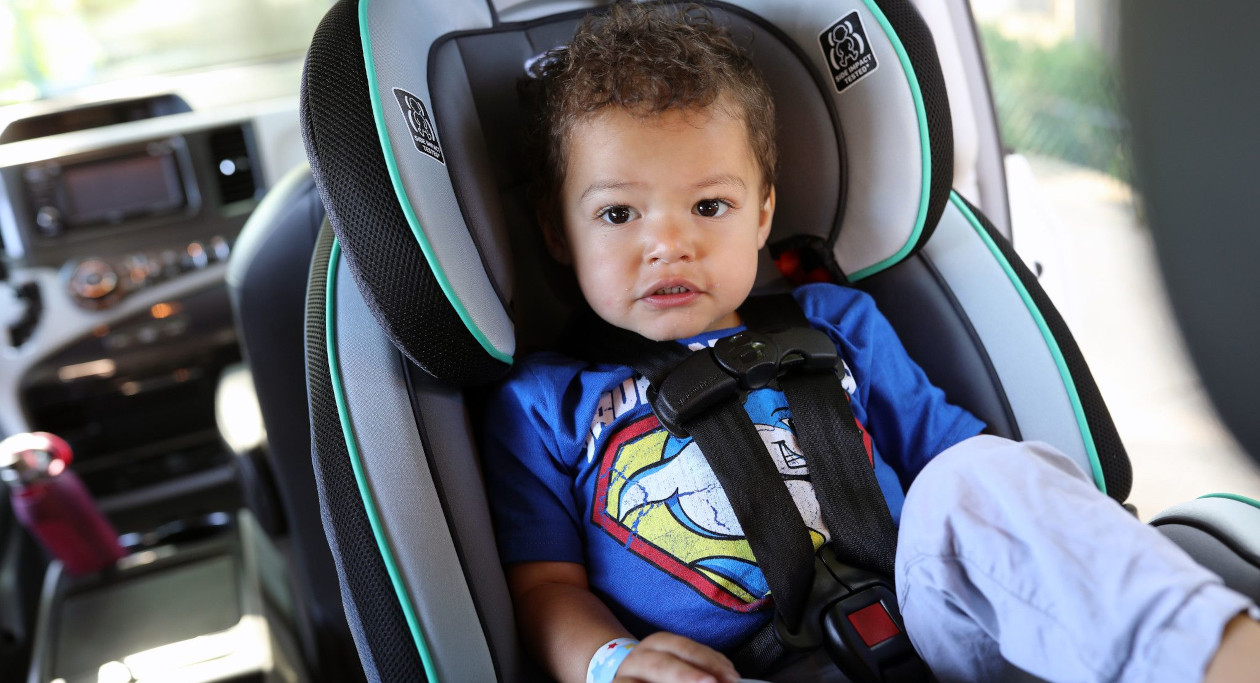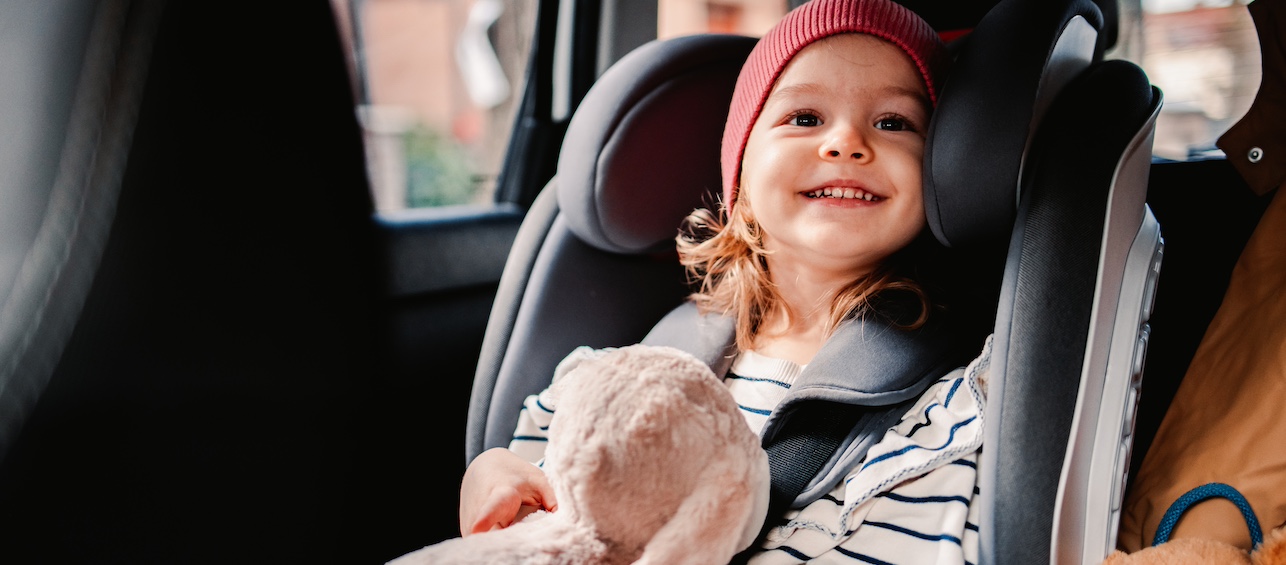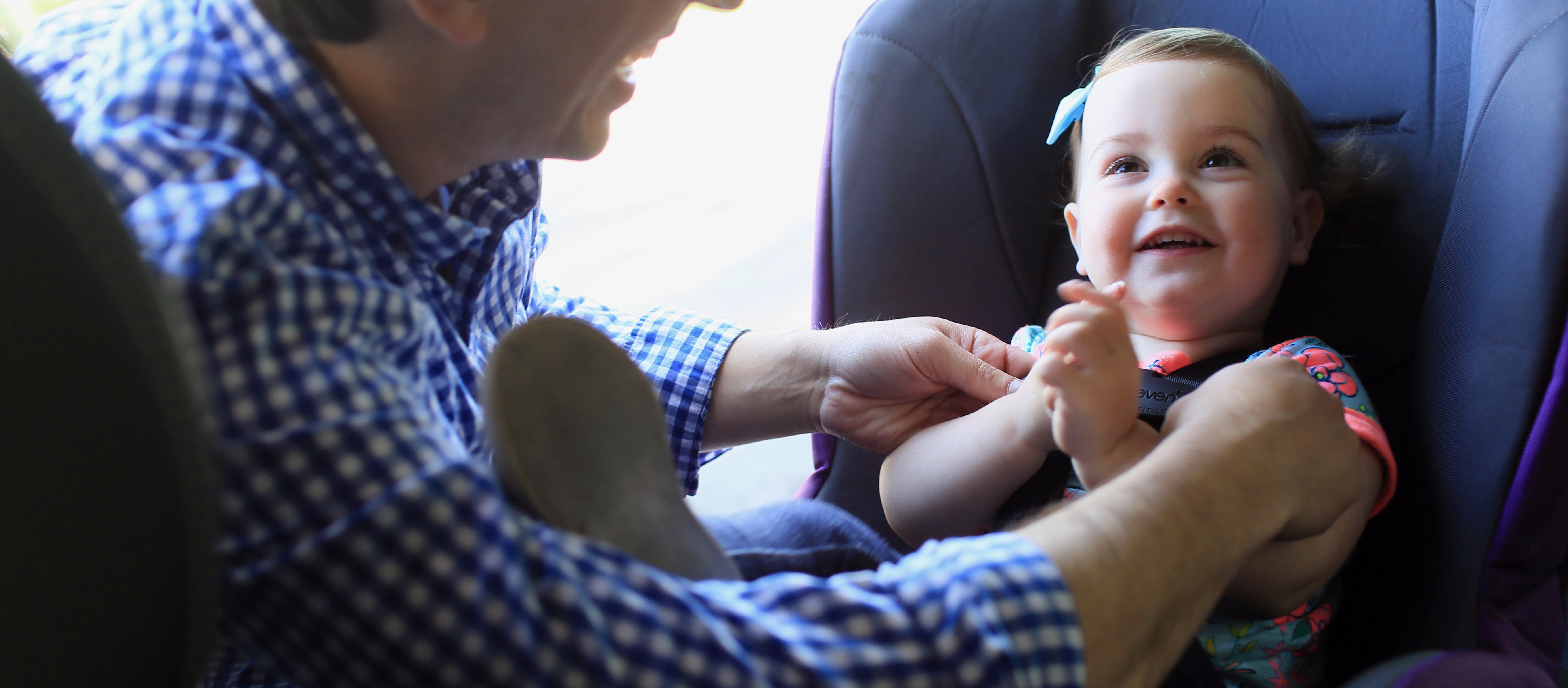I love seeing pictures of my friends’ kids riding in their car seats. It makes this child passenger safety technician’s heart happy to see babies buckled up and riding safely.
But, sometimes, in those same pictures, I see things that are also potentially unsafe with the car seat, and there’s nothing worse. What’s even harder for me is the fact that the parents usually have no idea that they’re doing something unsafe.
Sometimes it is a thick bunting inside the car seat, other times it’s a window roll-up shade on the window or toys hanging on the handle of the car seat. They all seem harmless, and useful in some way, but in the event of an accident, they all have the potential to cause harm to the baby.
In the child passenger safety field, we call these after-market products or non-regulated products. It means there are no federal regulations for these products that require testing for safety, so we have no way of knowing if these products are safe or not. In contrast, car seats are heavily regulated by the federal government and we therefore have safety and usability information that is collected during testing and helps us ensure babies and children are in the safest seat for them and that it is being used correctly.
The majority of after-market products are fine on their own, but when you attach them to a child’s car seat or put them in your car, the story can change. For example, putting a toy on your child’s car seat handle may not seem like an unsafe behavior, but in the event of an accident, that toy will likely come in contact with the child’s face and could harm him or her. The mirrors that are made to be strapped to the back of headrests are also cause for concern because they can detach during an accident and become a projectile risk, potentially causing injury.
During the winter months, I commonly see bunting-type products, which are particularly problematic. The fluffy sheepskin-like covers are soft and cozy and are used to keep little ones warm, but there is danger in using them because their bulk keeps the car seat harnesses from fitting the baby correctly. The concern is actually two-fold. The majority of these covers require you to feed part of the product through the car seat’s harness system which causes interference with the child and the harnesses. To be effective and keep the baby safe, the harnesses need to lay flat on the child with no bulk or padding in between. Additionally, most of the products are also designed with a thick fabric part that lays inside the seat. This adds lots of bulk between the child’s back and the car seat which prevents the parent from being able to tighten the harness completely.
Instead, we recommend infant covers that go over the entire car seat and do not interfere with the harness system or need to be installed within the car seat. These covers do a great job keeping babies warm in cold weather and many parents also say they’re easier to use.
Heavy winter coats should also be avoided as they prevent complete tightening of the harness. I recommend parents of toddlers and preschoolers use a light jacket or fleece in the seat and then take a heavy coat to put on if the child will be spending time outside. I understand that it’s an extra step and one more thing to remember, but if harnesses don’t fit correctly or aren’t tightened enough, the child may come out of the harness in the event of an accident.
When I talk with parents about these products I always tell them that it is their decision as a parent whether or not they use these products. However, it is my job as a technician in the child passenger safety field to inform them of best practices, and that includes never putting something in or on the car seat that did not come with the seat.
Why is this so important? Simply put, when a car seat is sold on the market, anything that comes with the seat (including the infant insert, the cup holder, etc.) is crash tested with the seat and deemed safe. If you add something to the car seat, that wasn’t sold with it, you may be reducing the integrity of the seat or how it will perform in a crash.
In honor of Child Passenger Safety Week (Sept. 14-20, 2014) I encourage you to take a look around the car the next time you buckle your child in. What is nearby that could potentially cause harm in the event of a quick stop or crash? Make an effort to move or remove at least one thing from your car or your child’s seat to make his or her environment safer and make sure your precious passenger is riding as safely as possible.

